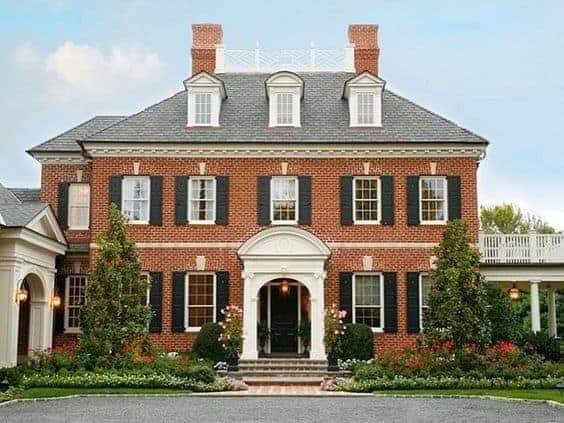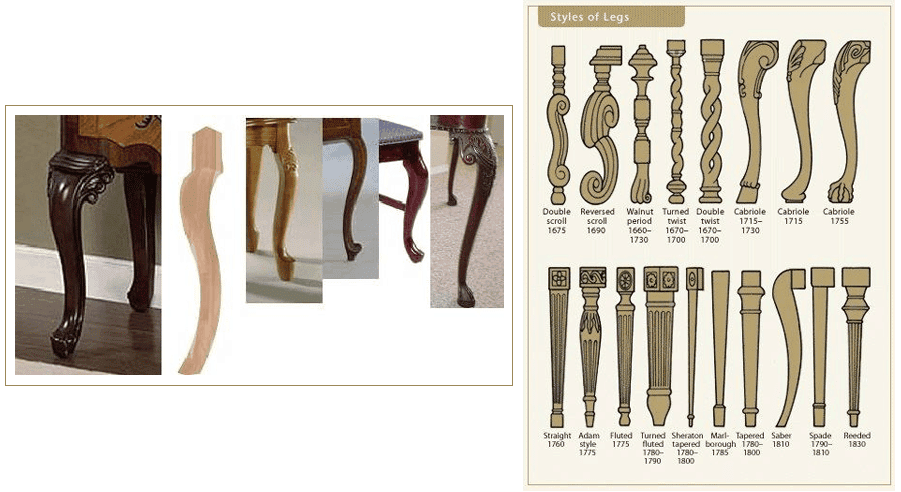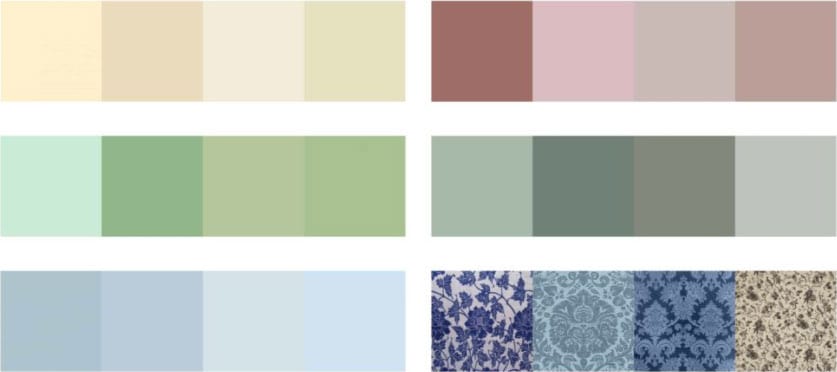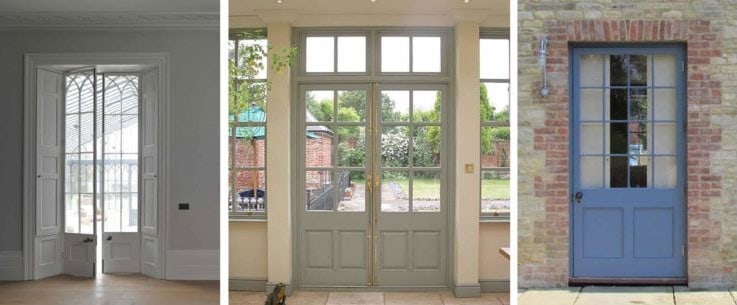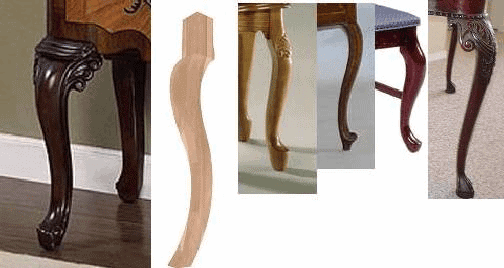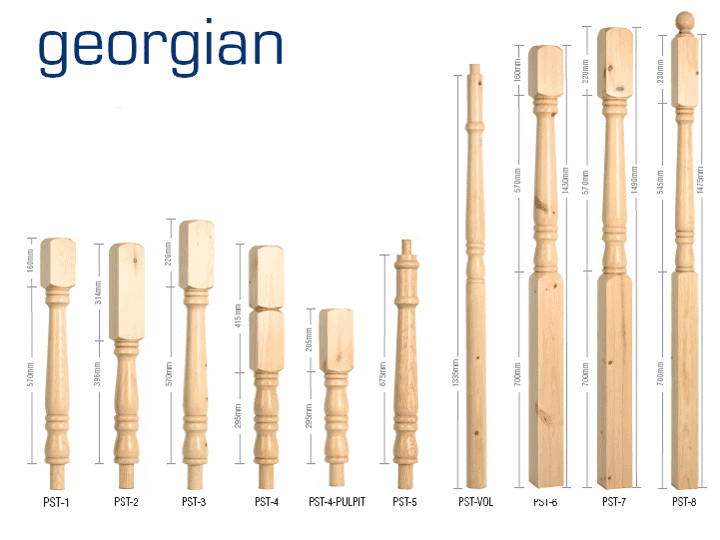Georgian Architecture
Characteristics of Georgian Homes
Georgian style houses represented wealth and power in contrast to the poorly built homes preceding their era. One of the biggest influences of Georgian architecture was Andrea Palladio. An interesting fact about this style is that the ceiling height should be taller on the ground floor compared to the first floor (second).
Georgian Furniture
One of the many interesting things about Georgian Architecture was that it didn’t stop at the exterior of the building. The people of the era that lived in these houses wanted to display their wealth, status, and power. Furniture became another way to do so. Cabriole legs were a significant characteristic of Georgian furniture. These were typically known for having “ball and claw” feet.
Georgian Color Schemes
Pale and subtle colors were often used in Georgian houses. Often used were light shades of creams, reds, blues, and greens. Floral patterns were also used, but were primarily only found in grander houses.
Georgian Style Doors
The doors of Georgian homes were usually tall and had lots of glazing. Double doors were often used as well.
Other Characteristics of Georgian Architecture
Some examples of Georgian architectural elements are the baseboard, balusters, windows, and hardware. What all of these components have in common, at least in this style, is that they are all decorative. The base profile is elegant. The balusters were usually very detailed. The windows are one of the most particular piece of Georgian architecture. To be truly Georgian, the windows require thin muntin bars as well as a deep reveal/sill. Lastly, the hardware typically seen in this type of home was usually metal with a glossy or brushed finish.
Georgian Lighting
At the beginning, most of the lighting came from windows, fireplaces and candles. Typically the fireplaces were at the center of the rooms to keep the whole house warm. Brick was a typical material used for fireplaces. As the era progressed, chandeliers with a highly polished or burnished brass and silver finish were used. There were typically glass elements as well. Chandeliers hung in the most important rooms of the house and contained lots of curved arms and decorations. They are also categorized by their symmetrical shapes. Solid brass lanterns hung in entrance halls and reception areas. Wall sconces were used on either side of the fireplace.

